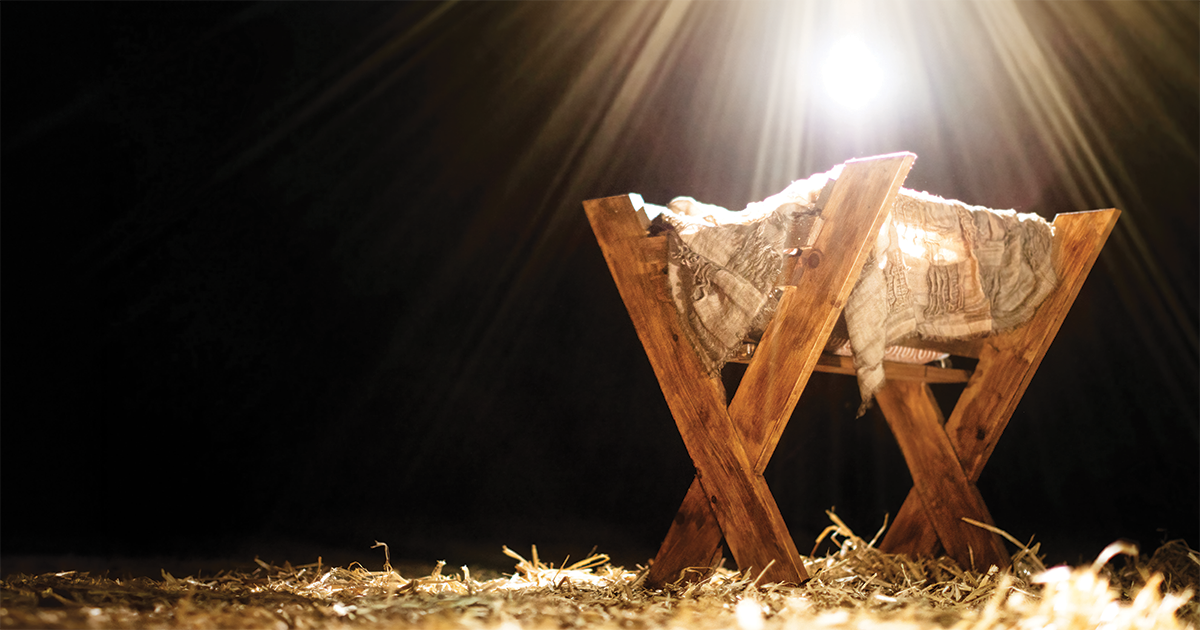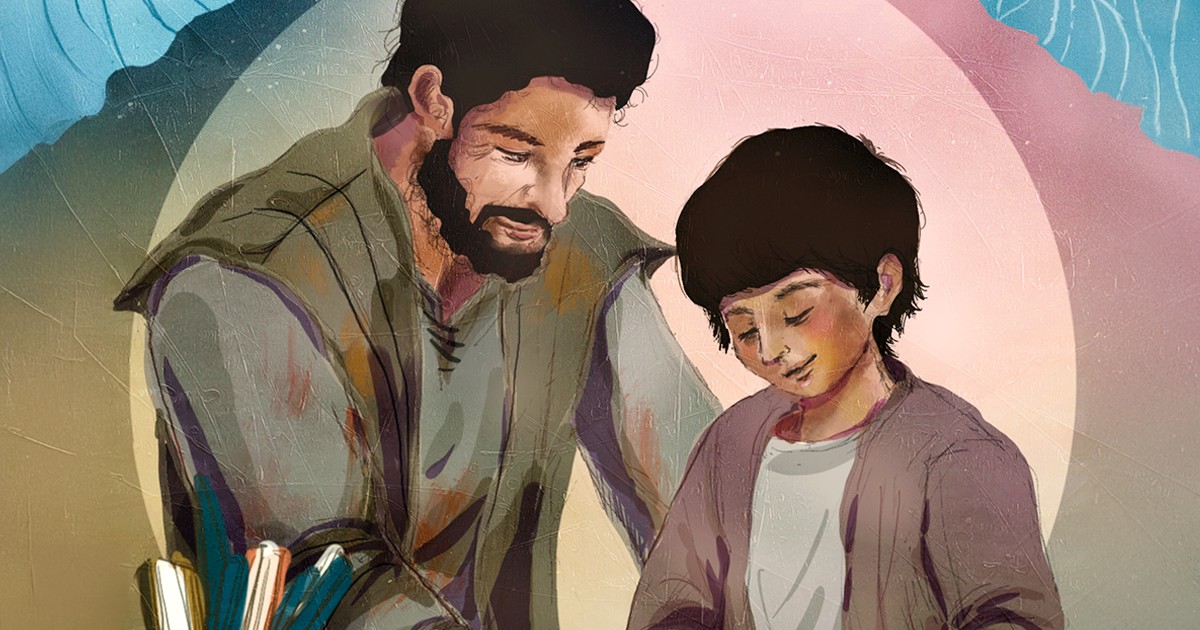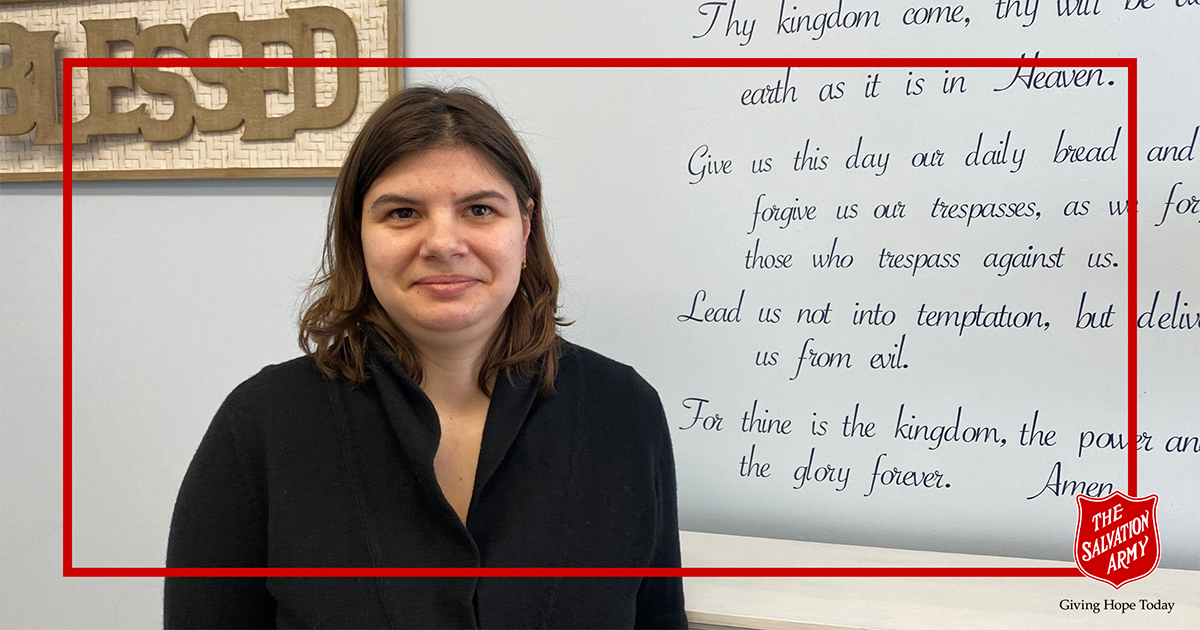Tenebrae is a Latin word that means “shadows.” The shadows are created by eight to 10 lighted candles that are extinguished one by one as Scripture is read. The service ends in complete darkness and silence. The experience enables participants to walk with Jesus, as it were, through the growing tensions with his opponents that lead to misunderstanding, betrayal, agony and eventually death.
Have you ever noticed that we have a tendency to rush ahead to the alleluias of Easter morning, taking a quick detour around the arrest, the beatings, the crown of thorns and the cross? Like much of our present society, we prefer to avoid death, grief and pain. Yet the more deeply we feel the pain, the greater the celebration on Easter morning when we realize: Christ is risen. He is risen indeed.
This service can be held any time during Holy Week but is most effective on the day before Good Friday, often called Holy or Maundy Thursday. The preparation is relatively simple. Scripture readings are best chosen from one particular Gospel, beginning just after the Palm Sunday account. The number of candles lit at the beginning of the service match the number of chosen readings. The readings from Scripture are the focus of the service. A few carefully chosen pieces of music may accentuate the Bible readings. The service should move slowly and quietly. Previously chosen participants each read one Scripture passage and then extinguish one candle. Words are best projected by PowerPoint on a screen so that light is not needed for reading a bulletin.
The Tenebrae service has become one of the most significant services of the year for me. Let me invite you to join me in reliving one of those experiences.
We enter the dimly lit sanctuary, walking over crunchy palm branches. A mere five days ago, these same branches were waved in acclamation of Jesus. But quickly they were thrown aside and the same crowd shouted, “Crucify him!” We take our seats and notice 10 taper candles burning at the front. A cross stands in the background, in the shadows. There is silence. We begin by singing:
Lest I forget Gethsemane,
Lest I forget thine agony;
Lest I forget thy love for me,
Lead me to Calvary.
We pray a corporate prayer of confession, acknowledging that we have not been as faithful and disciplined as we had hoped during the Lenten season. We listen to the Scripture readings from Luke's Gospel. These readings are named: The Shadow of Misunderstanding, followed by the Shadows of Rejection, Greed, Betrayal, Desertion, Agony, Arrest, Disowning, Mockery and Condemnation. After each reading a candle is extinguished and there is silence. I feel the growing darkness. We sing a few simple songs:
Stay with me, abide here with me, watch and pray.
Draw me nearer, nearer, nearer blessed Lord, to the cross where thou hast died.
O how he loves you and me. He gave his life. What more could he give?
The final Scripture passage is read. The last candle is extinguished. There is no final blessing or dismissal. We depart in silence. We know the story isn't over. But we wait in hope, pondering these things in our hearts.
The experience is profound. We experience more than the facts of the Easter events. We feel deeply the tensions, the growing dread and the increasing darkness of death. As a result, Sunday dawns more glorious and celebratory, with an empty tomb and light and incredible surprise. Up from the grave he arose. Alleluia. He is risen indeed!
Major Cathie Harris is a retired Salvation Army officer. She spent most of her years involved in education at three Colleges for Officer Training, as well as Booth University College. Beyond work and reading, she enjoys activities with her husband, three adult children and two grandchildren.










Leave a Comment